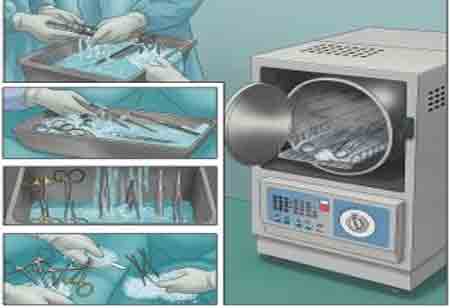Thank you for Subscribing to Healthcare Business Review Weekly Brief
Be first to read the latest tech news, Industry Leader's Insights, and CIO interviews of medium and large enterprises exclusively from Healthcare Business Review
The Role of Leadership in Healthcare Staffing
The healthcare sector in Europe is confronted with several significant challenges, including an ageing population, growing demand for services, and workforce shortages.

By
Healthcare Business Review | Friday, January 03, 2025
Stay ahead of the industry with exclusive feature stories on the top companies, expert insights and the latest news delivered straight to your inbox. Subscribe today.
Through effective leadership, healthcare organisations can prosper by building resilient teams, improving staff satisfaction, and ultimately enhancing patient care outcomes.
FREMONT CA: The healthcare sector in Europe is confronted with several significant challenges, including an ageing population, growing demand for services, and workforce shortages. Efficient staffing is essential to overcome these obstacles and ensure the delivery of high-quality patient care. Strong leadership is integral to the development and execution of effective staffing strategies, the cultivation of a positive work environment, and the enhancement of patient outcomes.
Effective leadership is critical to addressing the dynamic and complex challenges of healthcare staffing. Through strategic workforce planning, leaders can anticipate future staffing needs, analyse workforce trends, and proactively implement strategies to mitigate potential shortages. This process includes conducting workforce assessments, succession planning, and adopting innovative recruitment and retention techniques to build a resilient workforce.
Optimising staffing levels is another key responsibility of healthcare leaders. Leaders can ensure staffing aligns with patient safety and care quality standards by understanding patient acuity, workload demands, and resource availability. In addition, fostering a positive work environment is essential for attracting and retaining top talent. Leaders achieve this by cultivating a culture of respect, collaboration, and support, empowering staff while promoting work-life balance.
Staff satisfaction plays a pivotal role in workforce engagement and productivity. Effective leaders enhance satisfaction by offering professional development opportunities, recognising staff contributions, and promptly addressing concerns. These efforts benefit employees and improve patient outcomes. Adequate staffing levels and a supportive work environment have been shown to reduce mortality rates, shorten hospital stays, and enhance patient satisfaction.
Effective leadership in European healthcare is increasingly centred on interprofessional collaboration, which involves cultivating strong relationships and communication between healthcare






